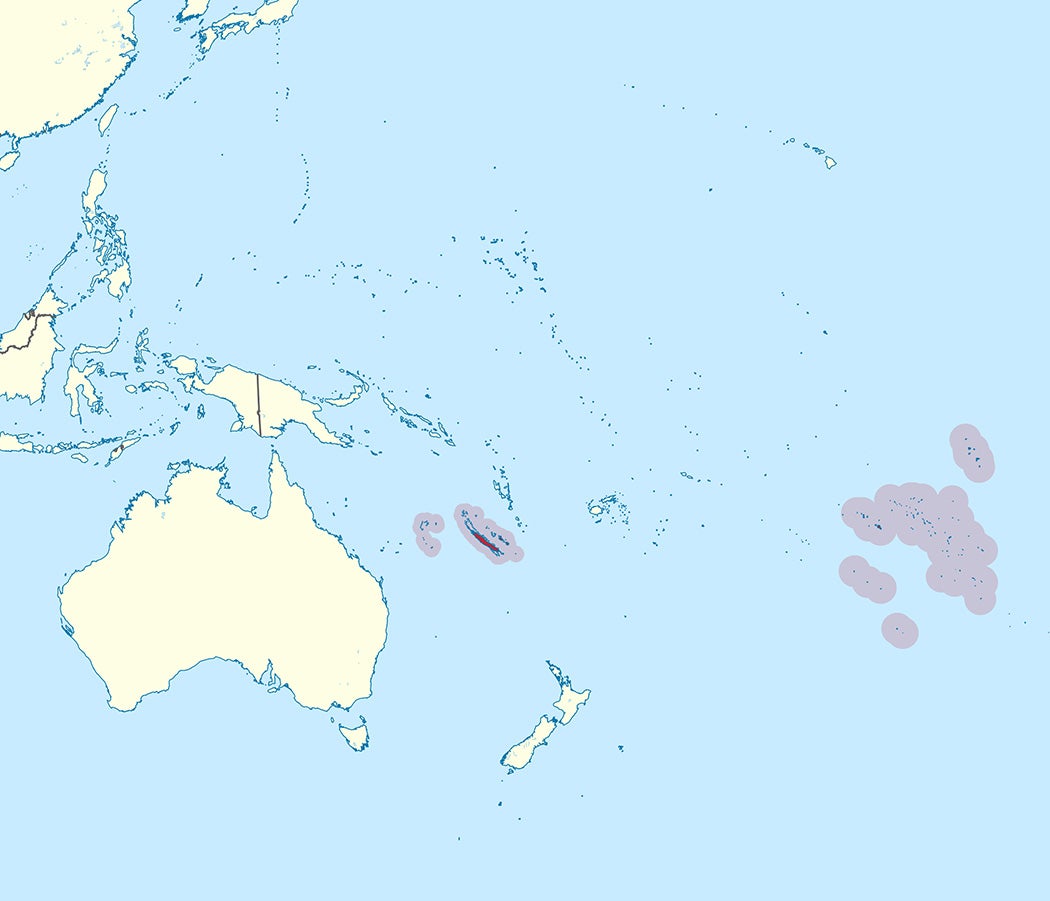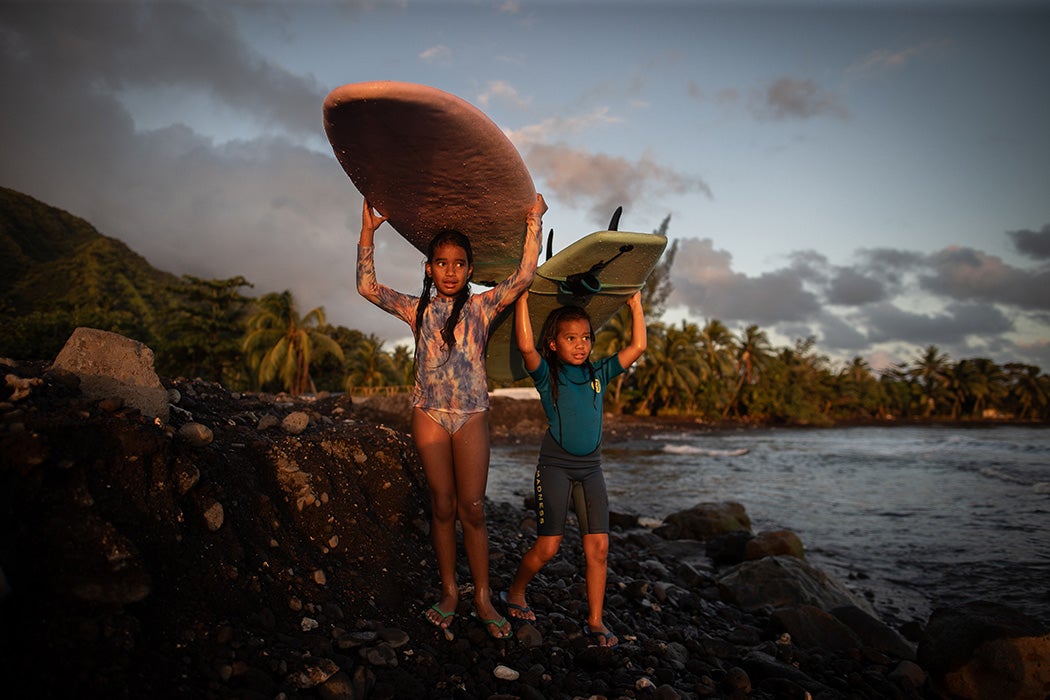Pardon my French—but French imperialism is still potent as hell. With a colonial record that spans continents and centuries, France has imprinted itself in a number of societies as a cultural “first class.” As a result, its expansionist legacy is an ongoing one of neocolonialism-gone-well: twenty-nine countries are those of Francophones, French is one of the world’s favorite lingua francas, and a few overseas territories still sit under its political rule.
A correlation between speaking French and being a good citizen is a particularly permeating after-effect of colonialization, often informed by oppression and reinforced by elitism. Languages are, typically, a medium through which cultural identity is channeled. But because they’re a symbol of political community as well, they’re often quelled—either directly or indirectly—by a metropole to establish and maintain power. For this reason, decolonization efforts often struggle around the topic of languages—to challenge a language is an ontological and gargantuan undertaking.
For some states, challenging such linguistic canons is not a matter of when—but how. Since the 1970s, school systems in French Polynesia and New Caledonia have been asked to “open their doors to vernacular languages in response to the rise of indigenous identity claims,” writes linguist Jacques Vernaudon. In both territories (both are “overseas collectivities” of France, though New Caledonia has special status in terms of citizenship rights), French is the official language, and not much has been done in the way of teaching local languages. However, time is ticking—and revitalizing these languages is a generational urgency.

Through the decades, a number of families have slowly forgotten their Oceanic languages. And while “one can argue that some young parents are turning to school to ensure the linguistic transmission of heritage languages that they themselves are unable to pass on because they feel they are not sufficiently fluent,” writes Vernaudon, “it is also the belief that French is the ‘language of success’ that leads parents to make the choice not to prioritize transmitting their heritage language(s).”
In New Caledonia, the first request for Kanak—a blanket term for the more than thirty Indigenous languages of the region—to be taught in the schools came in 1971, and the refusal to allow the language a place next to French soon “became invested with a strong political dimension,” tied to the movement for independence. By 1988, instilling Kanak into school curricula in three New Caledonian provinces was seen as one step toward restoring civil peace between (broadly speaking) pro-independence advocates of Kanak and anti-independence supporters of French. Gradually, the reach of Kanak lengthened, and Vernaudon reports that by 2005, the languages taught “are chosen in each school according to the available provincial resources and the requests of parent.”
In French Polynesia, the addition of Indigenous languages to school curricula followed a different trajectory. In the nineteenth century, Tahitian, one of six Polynesian languages, or Reo Ma‘ohi, spoken today, was used in French Polynesia “as a medium of evangelization beyond the Society Islands [which include Tahiti],” Vernaudon writes. It has since become a lingua franca, alongside French. But a few interesting things are happening around Tahitian today. For one, a movement to create a “neo-Tahitian,” a dialect or lingua franca that would mix a number of commonly used words from other regional languages, is afoot. There’s also an action to deterritorialize the language, as it’s seen “less and less as being attached to a particular archipelago (the Society Islands) and more and more as a…common good.”
Weekly Newsletter
As Vernaudon points out, “[t]he calls for the incorporation of indigenous languages into the school system generated far less tension in French Polynesia,” in part because the political discourse was different, in part because the linguistic fragmentation characteristic of New Caledonia was absent in French Polynesia.
“Individual multilingualism was probably not as widespread,” he notes. In addition, French Polynesia gained local control over its vernacular teaching as early as 1977, though French remained the official language.
When it comes to changing the school curricula to accommodate the Indigenous tongue, Vernaudon notes two ultimate objectives. One is a “culturalist” one, “which sees promoting local languages in school environments primarily as a form of resistance.” In this model, students can reject Western culture through their academic performances. The second objective is a “cognitive” one, which assumes that a school system will be willing to accept curricula changes for language teaching “as a way to promote the academic success of students in the mainstream school system.” It’s the latter that has dominated academic approaches in the past few decades, but former has also continued to be important, offering students a path to their Indigenous identity as well as to developing “a global human consciousness.”
While France still holds neocolonial—and in some cases, territorial—ambitions at a global scale, challenging the them can be a matter of not only decolonization but educational development, especially when it comes to the languages used for teaching and learning.







